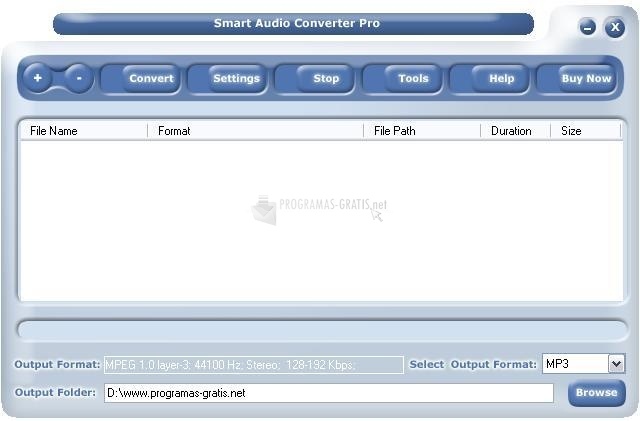
And what if you want to take 4K video and play it on a device that isn’t 4K capable, or take existing HD video and optimise it for a 4K screen?ĤK converter that converts, compresses and transcodes video, taking files designed to play at one resolution and upscaling or downscaling them, or converting files from a format that isn’t iPhone-friendly to one that is. What’s more, the iPhone and iPad are notoriously restrictive in terms of the file formats they support, meaning many of the HD and 4K video files you might download from the Internet simply won’t play back.

An hour of H.264 4K video could grab 5GB of iPad storage a real problem on a device which might have only 64GB to play with.

One minute of 4K video from an iPhone camera can take around 350MB of space. This shift to 4K is exciting, but it also brings its share of challenges. What’s more, devices with an A10 processor, including the iPhone 7 and both current models of iPad Pro, now support the H.265 HEVC codec required for efficient 4K playback.
#Hd smart converter pro full
The iPhone X, meanwhile, is the first iPhone to go beyond full HD 1080p, with a 2K-friendly 2436 x 1125 resolution. While the screens of recent iPads can’t show 4K video, they can easily accommodate 2K content – especially the 2732 x 2048 resolution display of the 12.9-inch iPad Pro. We’re now watching 4K films and TV programs, streaming 4K video from YouTube and capturing 4K video on our digital cameras and smartphones.

From cameras to TVs, games consoles to laptops, it’s clear that the age of 4K has arrived.


 0 kommentar(er)
0 kommentar(er)
